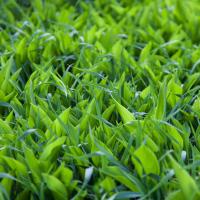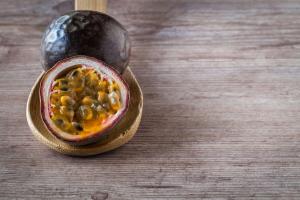Introduction
The rubber tree plant is a common houseplant that many cat lovers enjoy having in their homes. However, recent studies have shown that the rubber tree plant may be toxic to cats. In this article, we will explore how toxic the rubber tree plant is to cats and what steps you can take to keep your furry feline safe.
What makes the rubber tree plant toxic to cats?
The rubber tree plant contains a substance called ficin, which is a proteolytic enzyme. This enzyme can cause irritation and inflammation when it comes into contact with a cat’s skin, mucous membranes, and eyes. Cats may also experience gastrointestinal issues, such as vomiting and diarrhea, if they eat the rubber tree plant.
What are the symptoms of rubber tree plant poisoning in cats?
If your cat has come into contact with the rubber tree plant or has ingested any part of the plant, you may notice one or more of the following symptoms:
Swelling and redness of the skin, mouth, or eyes.
Excessive drooling or foaming at the mouth.
Vomiting and diarrhea.
Lethargy or weakness.
Difficulty breathing.
What should you do if your cat has been exposed to the rubber tree plant?
If you suspect that your cat has come into contact with the rubber tree plant, it is important to act quickly. Here are some steps you can take:
Remove any plant material from your cat’s mouth or skin.
Flush the affected area with water to remove any remaining plant material.
Monitor your cat closely for any symptoms of toxicity.
Contact your veterinarian for further advice and treatment.
How can you prevent your cat from being exposed to the rubber tree plant?
The best way to keep your cat safe from the rubber tree plant is to remove it from your home. However, if you would like to keep the plant, here are some tips to reduce the risk of exposure:
Keep the plant out of reach of your cat by placing it in a room that your cat does not have access to.
Train your cat not to chew on plants by providing them with chew toys and scratching posts.
Supervise your cat when they are in the same room as the plant.
Conclusion
The rubber tree plant may be a beautiful houseplant, but it can be toxic to your cat. If you decide to keep the plant in your home, be sure to take the necessary precautions to keep your furry friend safe. And if you suspect that your cat has been exposed to the rubber tree plant, don’t hesitate to contact your veterinarian for help.

 how many times do yo...
how many times do yo... how many planted tre...
how many planted tre... how many pine trees ...
how many pine trees ... how many pecan trees...
how many pecan trees... how many plants comp...
how many plants comp... how many plants can ...
how many plants can ... how many plants and ...
how many plants and ... how many pepper plan...
how many pepper plan...































